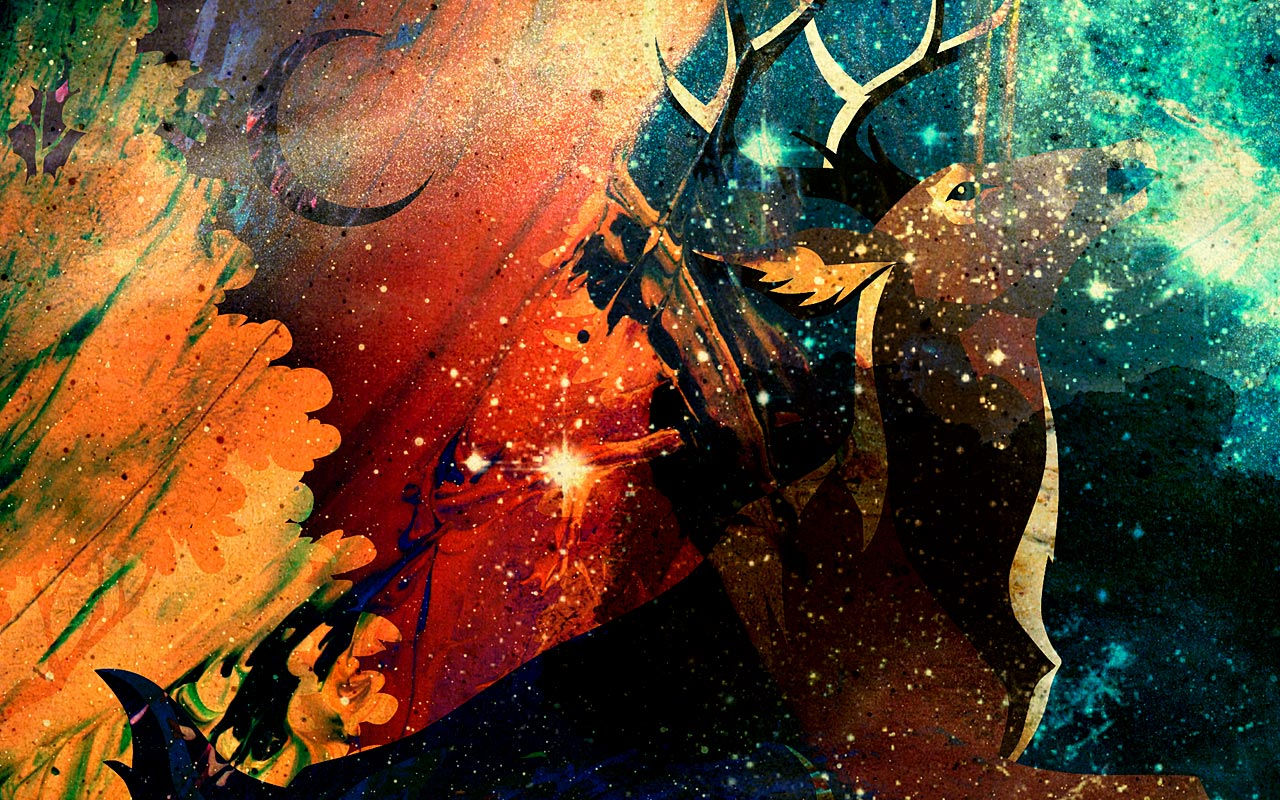Origami: The Art of Paper Folding
- torinaga11
- Dec 21, 2024
- 3 min read

Origami, the traditional Japanese art of paper folding, is much more than a simple craft—it is a profound cultural expression that combines creativity, precision, and symbolism. With a history spanning centuries, origami has evolved from ceremonial practices into a globally appreciated art form. Its delicate folds and intricate designs capture the essence of Japanese aesthetics and provide a therapeutic and educational medium for people worldwide.
The Origins of Origami
The term "origami" derives from the Japanese words ori (folding) and kami (paper). While paper folding likely has roots in ancient China, it was in Japan that the practice developed into a refined art. Origami emerged during the Heian Period (794–1185), initially as a ceremonial practice. Folded paper was used in Shinto rituals to wrap offerings, reflecting respect and purity.
By the Edo Period (1603–1868), origami began to take shape as a recreational activity. Patterns and designs were passed down orally or through limited written instructions, and the art became accessible to common people. During this time, some of the earliest known traditional designs, like the crane (orizuru), were developed, symbolizing longevity and good fortune.
Traditional Origami and Symbolism
Origami holds deep cultural significance in Japan. The crane, for instance, is one of the most iconic models, symbolizing peace, hope, and longevity. According to legend, folding 1,000 paper cranes (senbazuru) grants the folder a wish, making it a popular activity for those seeking healing or solace.
Other traditional models include:
Kabuto (Samurai Helmet): Symbolizing protection and courage.
Frog (Kaeru): Representing good fortune and safe travel.
Lotus Flower: Associated with purity and spiritual growth.

The Evolution of Origami
Origami saw a renaissance in the 20th century, thanks to pioneers like Akira Yoshizawa, who is often credited with modernizing the art. Yoshizawa developed a system of diagramming folds, allowing enthusiasts worldwide to replicate intricate designs. His techniques and philosophy elevated origami from craft to art, emphasizing creativity and emotion over mere replication.
Today, origami encompasses a wide spectrum, from traditional models to complex, mathematically inspired designs. Techniques like wet-folding, which uses dampened paper for sculpting, allow for more naturalistic and detailed creations.
Mathematical and Scientific Applications
Origami extends beyond art, influencing fields like mathematics, engineering, and biology. The principles of folding have inspired innovations in:
Space Exploration: NASA uses origami-inspired designs for fold-able satellites and solar panels.
Medical Devices: Foldable stents and microscopic tools leverage origami techniques.
Robotics: Soft robots employ origami for compact storage and dynamic movement.
Education: Teaching geometry and spatial reasoning through origami enhances problem-solving skills.

Origami in Modern Culture
The global popularity of origami has inspired collaborations with fashion, architecture, and even virtual reality. Designers incorporate origami-inspired patterns into clothing and accessories, while architects use its principles for innovative structures. Festivals, workshops, and exhibitions celebrate origami’s versatility and artistic value.
Origami also holds therapeutic benefits, often used in art therapy to reduce stress, improve concentration, and enhance fine motor skills. The meditative process of folding paper fosters mindfulness and relaxation, making it a valuable tool for mental health.
Sustainability and Environmental Impact
Origami inherently promotes sustainability, requiring minimal materials. Artists are exploring ways to use recycled or eco-friendly paper, aligning the practice with environmental consciousness. The symbolic simplicity of origami underscores a harmonious relationship with nature.

Learning and Practicing Origami
Origami is accessible to people of all ages and skill levels. Beginners often start with simple models like boats or cranes, gradually advancing to more complex designs. Resources such as books, online tutorials, and community workshops provide guidance for enthusiasts.
For those interested in deeper mastery, joining an origami society or attending international conventions offers opportunities to learn from experts and exchange ideas with fellow enthusiasts.
Origami is a timeless art that bridges tradition and innovation, offering a medium for creativity, cultural expression, and practical applications. From its ceremonial origins in ancient Japan to its modern relevance in science and therapy, origami continues to inspire and connect people across the globe. With every fold, it reminds us of the beauty of transformation and the infinite possibilities that lie within a single sheet of paper.
#Origami #PaperFolding #JapaneseArt #TraditionalCrafts #HeianPeriod #EdoPeriod #CulturalHeritage #ModernOrigami #CreativeArt #Mindfulness #TherapeuticArt #MathematicalOrigami #STEMApplications #SustainableArt #PaperCrane #ArtAndScience #JapaneseCulture #InnovativeDesign #FoldingTechniques #GlobalArt


Comments